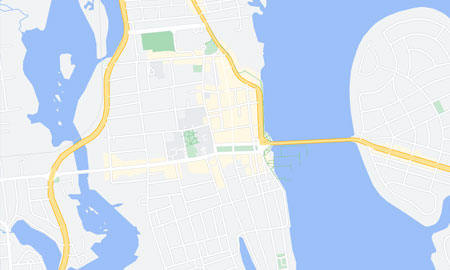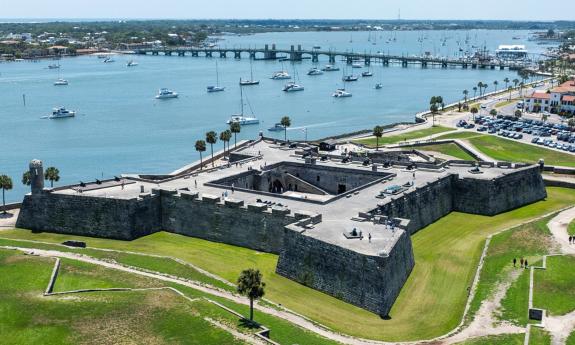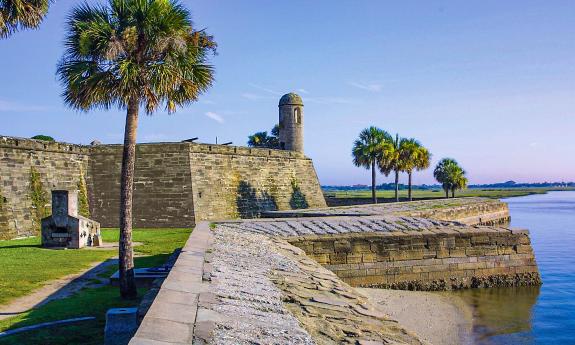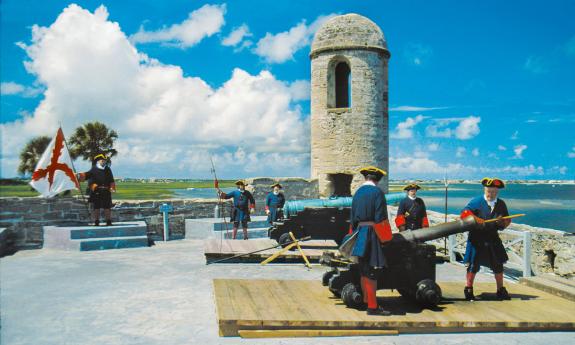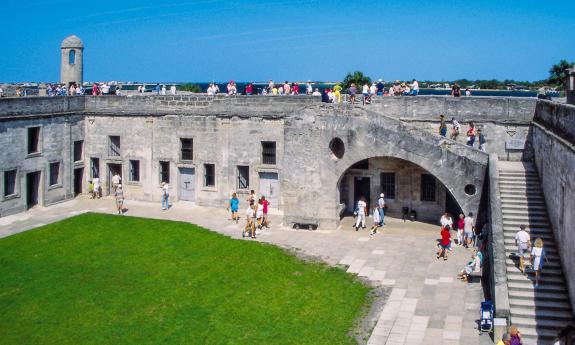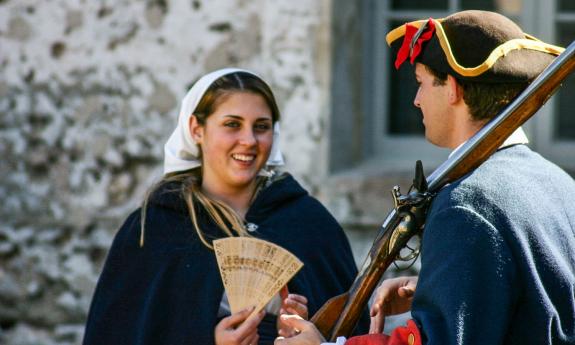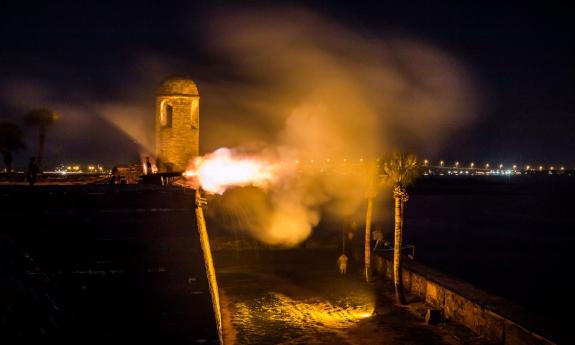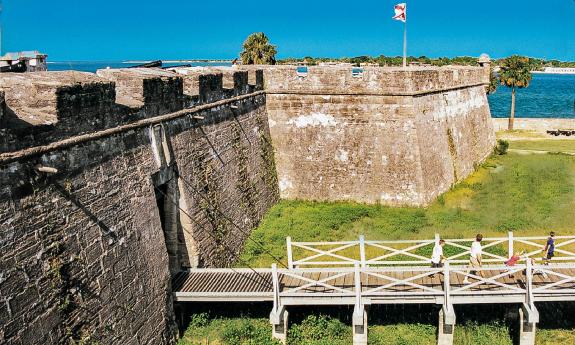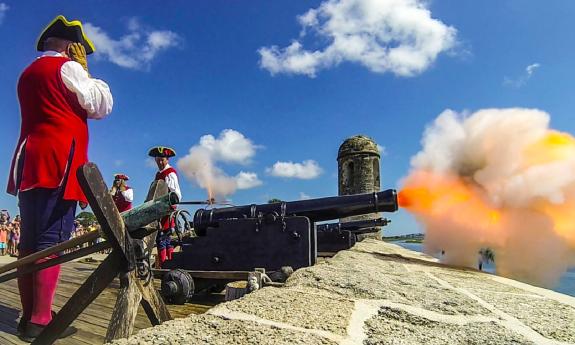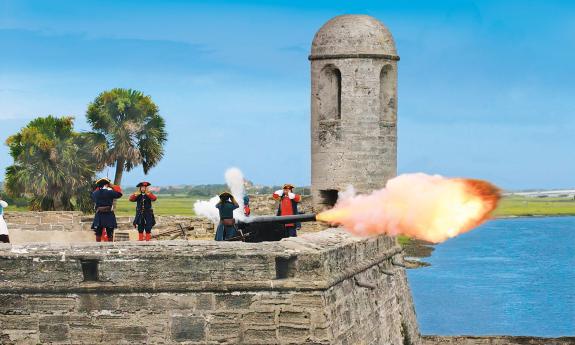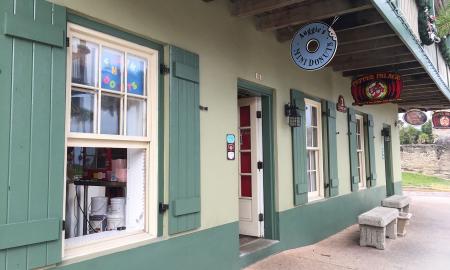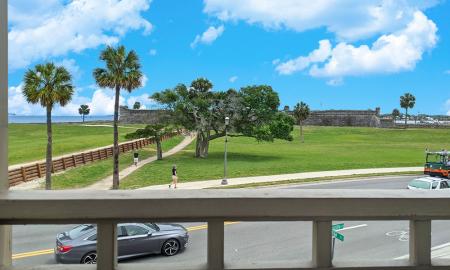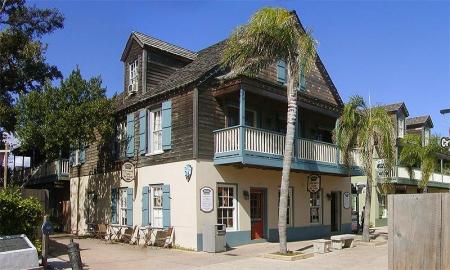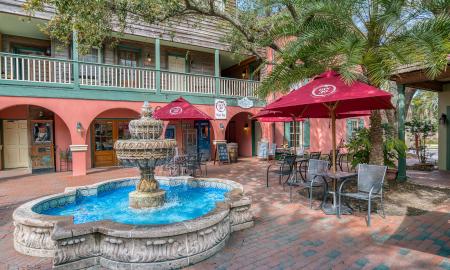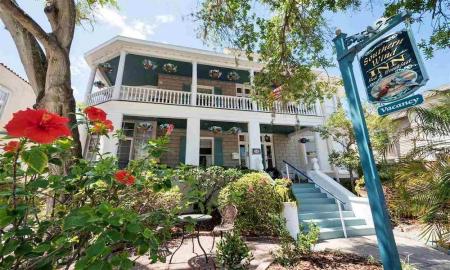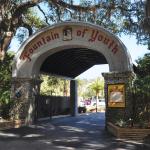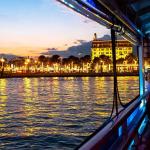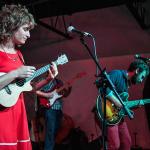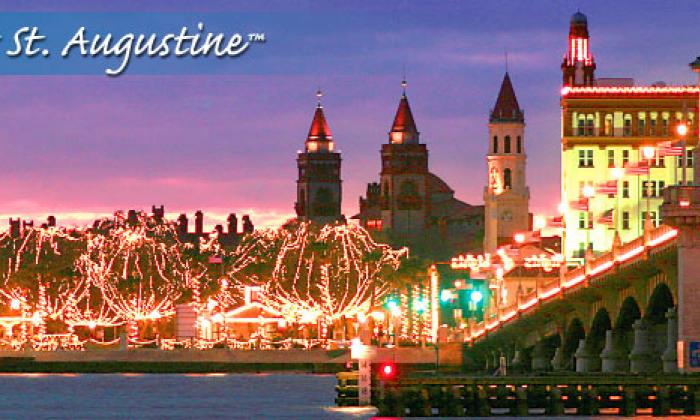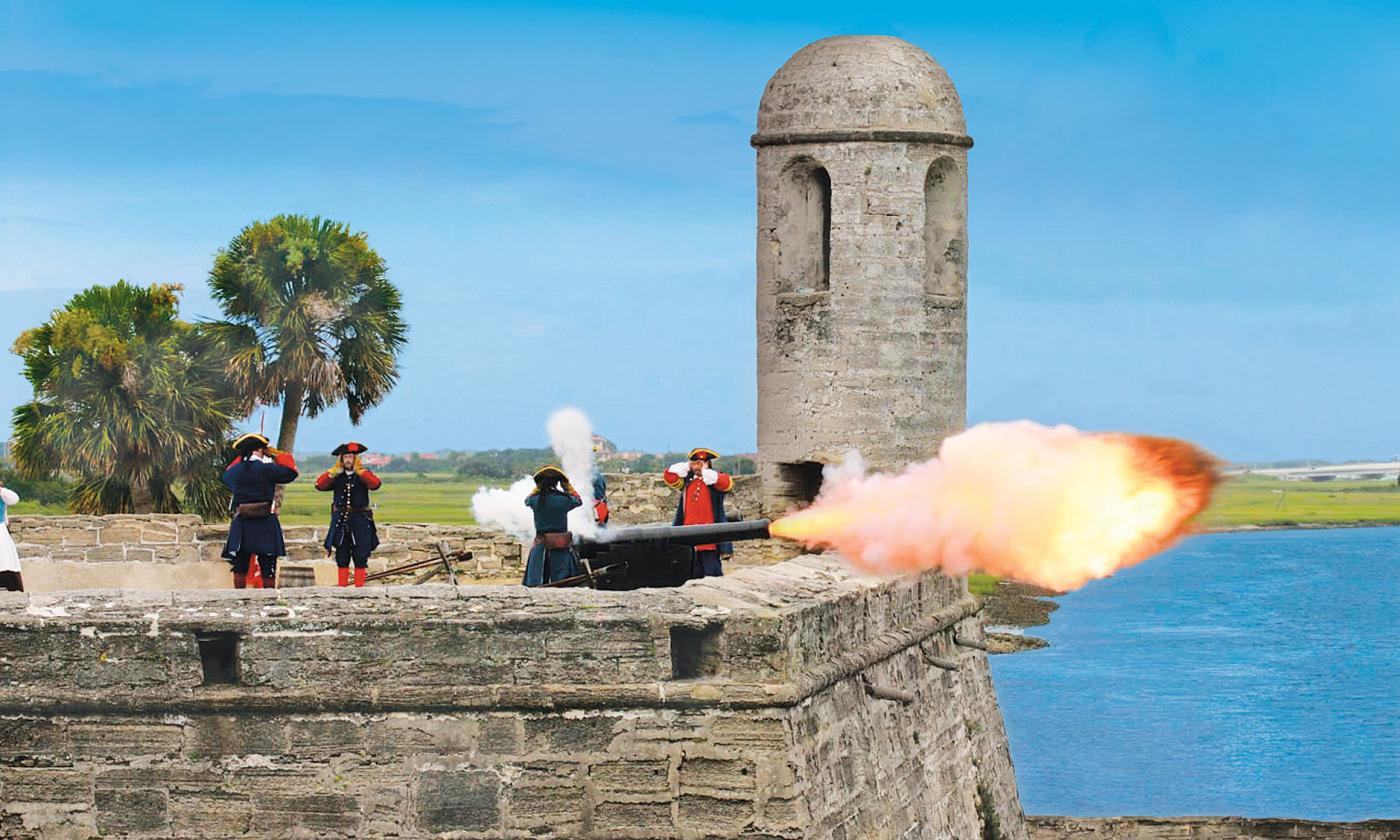
Castillo de San Marcos
(904) 829-6506 On the bayfront, north of the Bridge of Lions.
1 South Castillo Dr.
St. Augustine, FL 32084
Closed Thanksgiving Day and Christmas Day. Ticket booth closes at 4:45 p.m.
The Castillo de San Marcos has reopened.
The Castillo de San Marcos, the oldest masonry fort in the continental United States, is a large Spanish stone fortress built to protect and defend Spain's claims in the New World. It is a National Monument, more than 327 years old, and is the oldest structure in St. Augustine.
History of Castillo de San Marcos
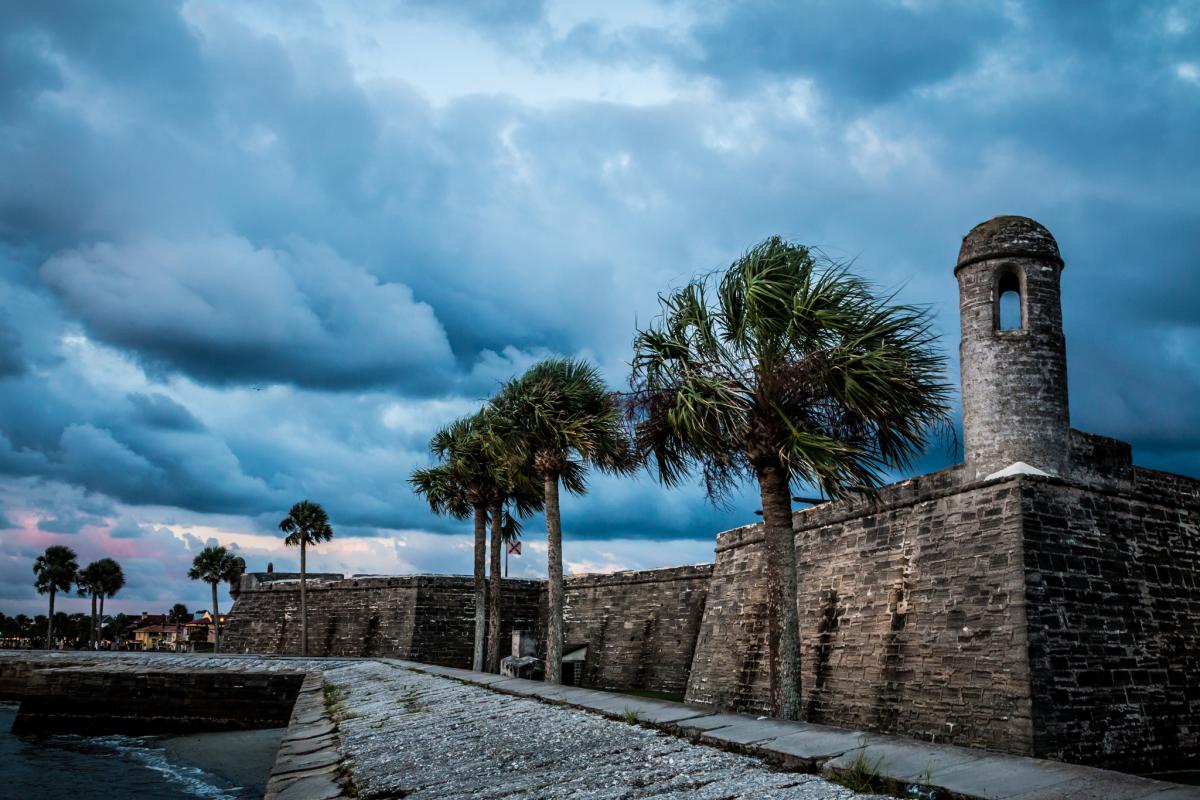
Construction began on the Castillo de San Marcos in 1672 and lasted 23 years until 1695. Many Spanish forts preceded the Castillo. However, this one made of coquina was impenetrable to enemy attack and was also fire resistant.
The fort came under fire for the first time in 1702. British forces, led by General Moore, burned the city but could not penetrate the Castillo's walls. Subsequent attacks in 1728 and 1740 yielded similar results, and the British were never able to take the Ancient City by force.
In 1763, Florida became a British colony by signing the Treaty of Paris, thus beginning a 20-year period of English rule. The Castillo was used as a military prison during the Revolutionary War, and at one time it held three signers of the Declaration of Independence within its walls.
At the end of the Revolutionary War, Florida was returned to Spain in 1784 until Florida became a United States Territory in 1821. The Americans called the Castillo, Fort Marion, honoring the revolutionary patriot from the Carolinas, General Francis Marion. The United States government used Fort Marion as a prison for Native Americans in the late 1800s. Natives from both Florida and the Great Plains were held at the fort during this time.
The fort was officially taken off the active list of fortifications in 1900 and was preserved and recognized as a national monument in 1924. Congress renamed the fort in 1942, reverting to the Spanish name, the Castillo de San Marcos.
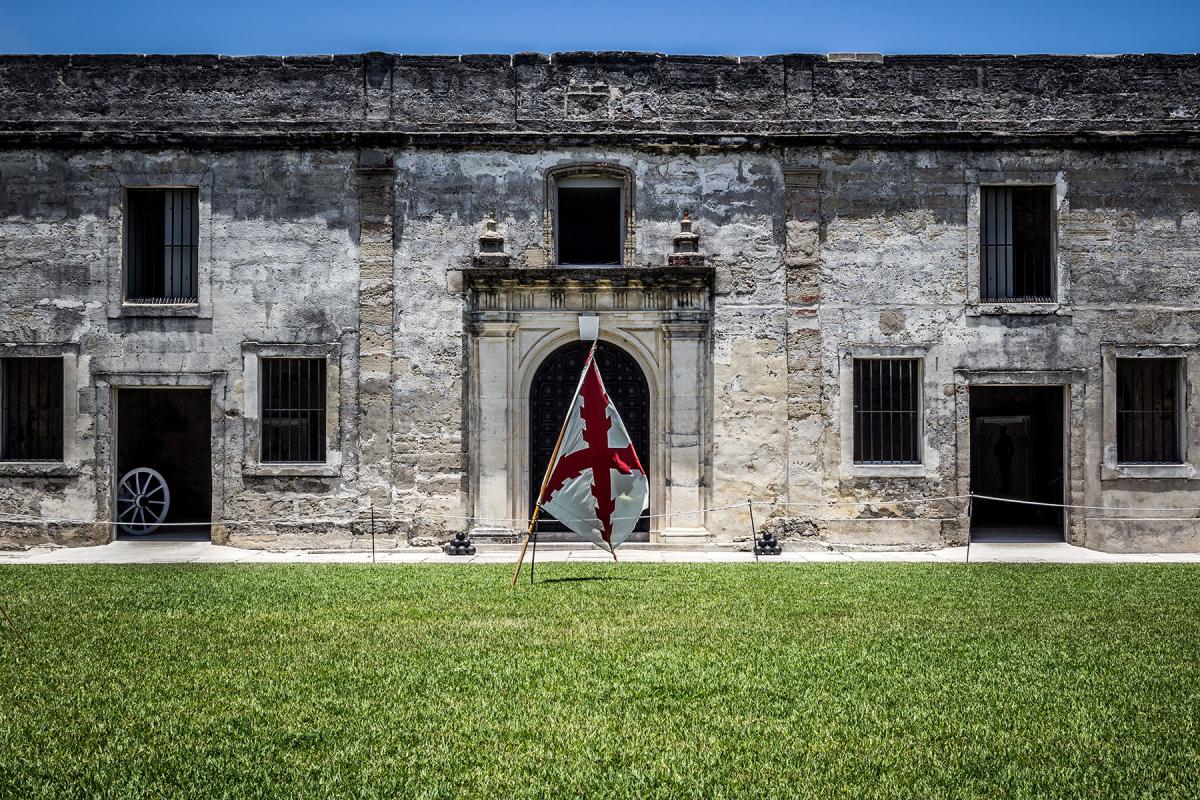
Amenities at Castillo de San Marcos
- Self-guided tours (free with admission)
- Cannon firings /weaponry demonstrations (free with admission) — Saturdays and Sundays at 10:30 a.m., 11:30 a.m., 1:30 p.m., 2:30 p.m., and 3:30 p.m.
- Restroom facilities
- Gift shop
Camping, fishing, bicycles, and skating of any sort are prohibited. Check the Castillo's website for more details on what is permitted on and around the grounds.
Visit Castillo de San Marcos
Admission: $15.00 for adults ages 16 and older. Free for children ages 15 and younger. Additional information and tickets may be purchased at the booth or the fort's website.
Address: 1 South Castillo Drive, St. Augustine, Florida 32084
Parking: There is a parking lot in front of the fort. It is $2.50 per hour with automated machines on location. The Historic Downtown Parking Facility is a 10-minute walk from the site.
Other Parks Near Castillo de San Marcos
There are other parks nearby to enjoy such as Anastasia State Park and Fort Mose. See our local Parks Directory and the article, Experiencing Living History, to learn more.

Free Park Days
The National Park Services offers free entry on six days each year:
- January 20 — Martin Luther King, Jr. Day
- In late April (April 19, 2025) — First Day of National Park Week
- June 19 — Juneteenth National Independence Day
- August 4 — Anniversary of the Great American Outdoors Act
- Fourth Saturday in September (September 27, 2025) — National Public Lands Day
- November 11 — Veterans Day
Upcoming Events
| Event | Date | Time |
|---|---|---|
| Weekend Cannon Firing | Saturday, January 10th, 2026 | 10:30 am - 3:30 pm |
| Weekend Cannon Firing | Sunday, January 11th, 2026 | 10:30 am - 3:30 pm |
| Weekend Cannon Firing | Saturday, January 17th, 2026 | 10:30 am - 3:30 pm |
| Weekend Cannon Firing | Sunday, January 18th, 2026 | 10:30 am - 3:30 pm |
| Weekend Cannon Firing | Saturday, January 24th, 2026 | 10:30 am - 3:30 pm |
| Weekend Cannon Firing | Sunday, January 25th, 2026 | 10:30 am - 3:30 pm |
| Weekend Cannon Firing | Saturday, January 31st, 2026 | 10:30 am - 3:30 pm |
| Weekend Cannon Firing | Sunday, February 1st, 2026 | 10:30 am - 3:30 pm |
| Weekend Cannon Firing | Saturday, February 7th, 2026 | 10:30 am - 3:30 pm |
| Weekend Cannon Firing | Sunday, February 8th, 2026 | 10:30 am - 3:30 pm |
Castillo de San Marcos
(904) 829-6506 On the bayfront, north of the Bridge of Lions.
1 South Castillo Dr.
St. Augustine, FL 32084
Closed Thanksgiving Day and Christmas Day. Ticket booth closes at 4:45 p.m.
Admission | Ticket Prices
All tickets valid for seven consecutive days.| Option | Price |
|---|---|
| Adults (16 years and older) | $15.00 per person |
| Children (15 and under) | FREE if accompanied by an adult |

